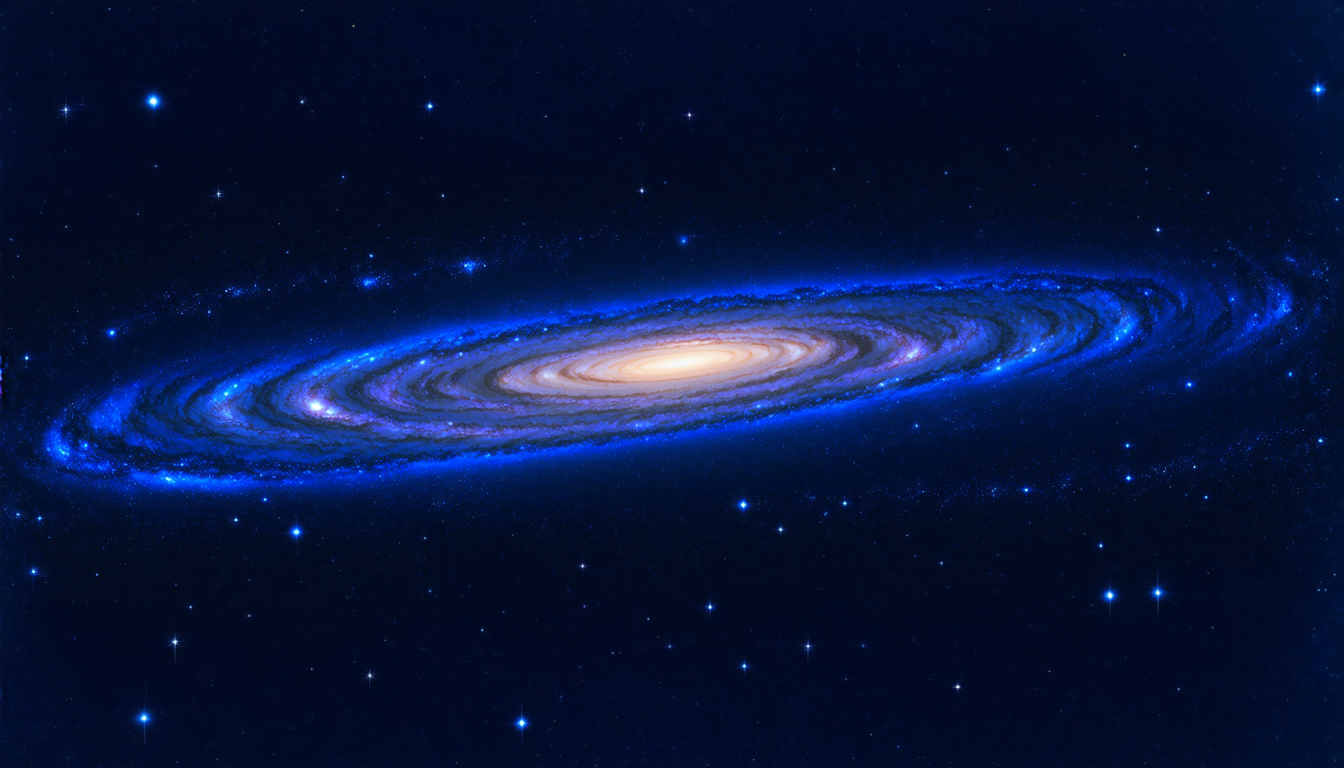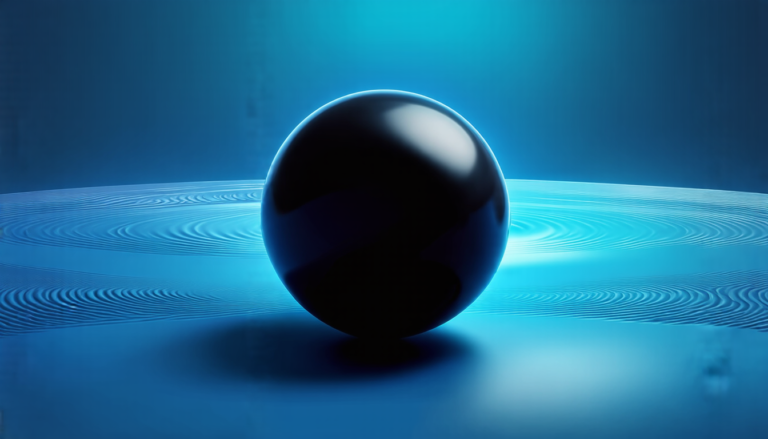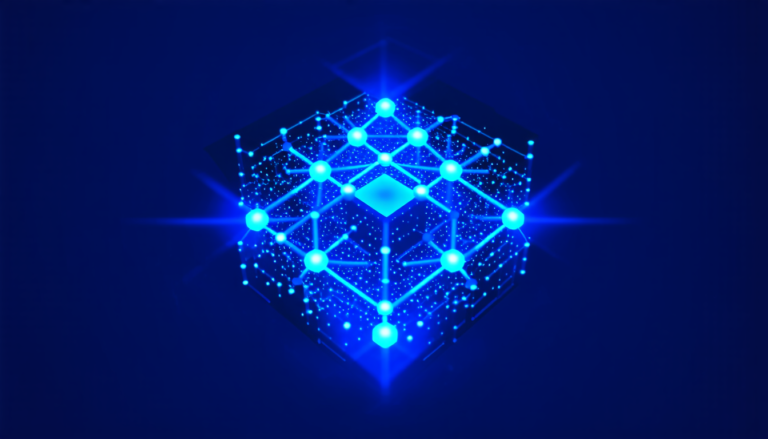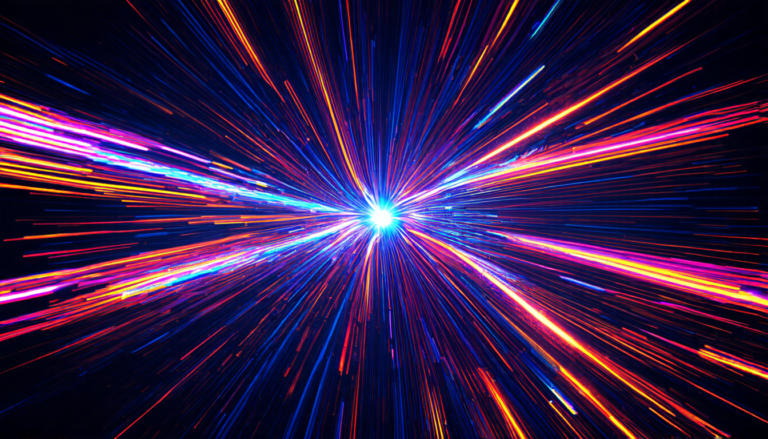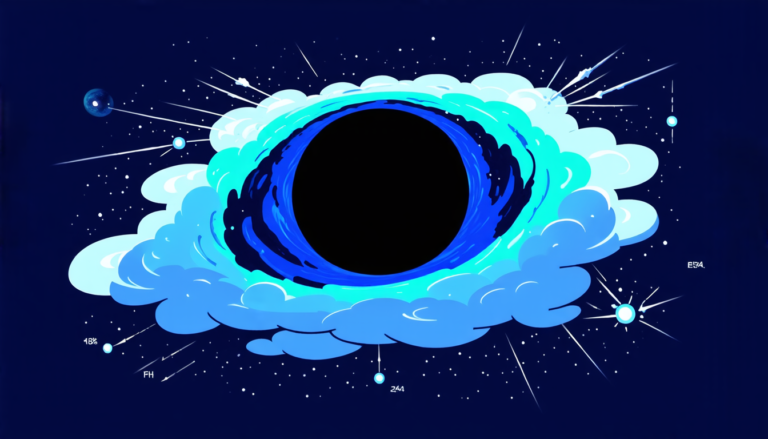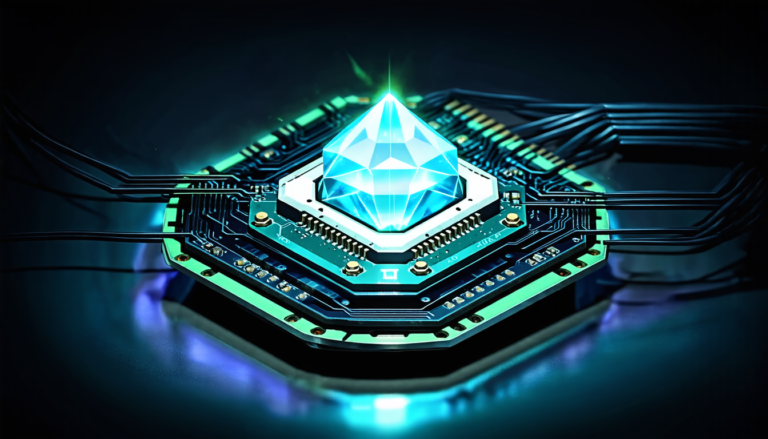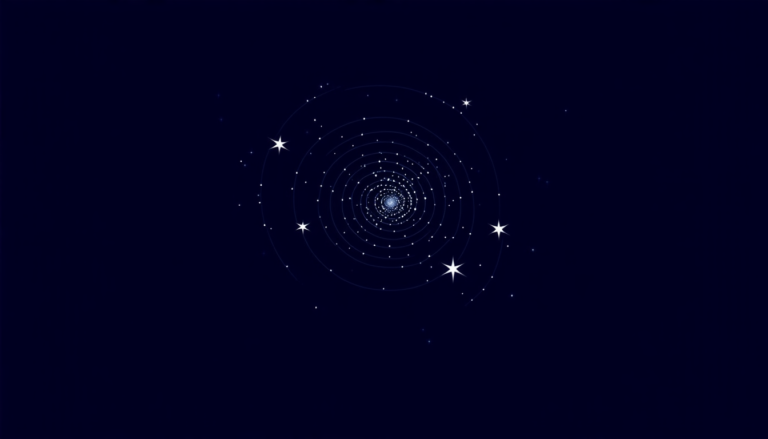Sunday 07 September 2025
The earliest stars and galaxies are still shrouded in mystery, but scientists have long sought to understand how they formed and evolved. One crucial piece of this puzzle is reionization, a process by which neutral hydrogen gas was ionized by early stars and galaxies. This event had a profound impact on the universe’s development, as it allowed for the creation of heavier elements and the formation of more complex structures.
To study reionization, researchers have developed sophisticated computer simulations that can recreate the conditions of the early universe. These simulations are incredibly complex, requiring massive computational power to model the interactions between gas, dust, and radiation. However, even with these powerful tools, scientists have struggled to accurately predict how reionization occurred.
A new study published in The Journal of Cosmology and Astroparticle Physics has shed light on this issue by evaluating the accuracy of three semi-analytic models of reionization. These models are designed to simplify the complex calculations required for full-scale simulations, but they often rely on simplifying assumptions that can lead to inaccurate results.
The researchers tested these models against a suite of high-resolution hydrodynamical simulations known as Renaissance. These simulations are some of the most detailed and realistic recreations of the early universe yet attempted, and they provide a gold standard for evaluating the accuracy of reionization models.
The results were striking: two of the semi-analytic models significantly overestimated the fraction of halos that were ionized during reionization. These models failed to take into account the density structure of the cosmic web, which is critical for understanding how gas and radiation interacted in the early universe.
In contrast, a new model developed by the researchers showed remarkable agreement with the Renaissance simulations. This model incorporates a more realistic treatment of the cosmic web, allowing it to better capture the complex interactions between gas and radiation that occurred during reionization.
The implications of this study are significant for our understanding of the earliest stars and galaxies. By developing more accurate models of reionization, scientists can gain valuable insights into how these objects formed and evolved, and how they impacted the development of the universe as a whole.
This research also has important implications for future surveys and missions designed to study the early universe. By better understanding the conditions under which reionization occurred, scientists can develop more effective strategies for detecting and characterizing the earliest stars and galaxies.
Cite this article: “Shedding Light on Reionization: A New Model for Understanding the Early Universe”, The Science Archive, 2025.
Stars, Galaxies, Reionization, Universe, Simulation, Model, Radiation, Gas, Dust, Early Universe

